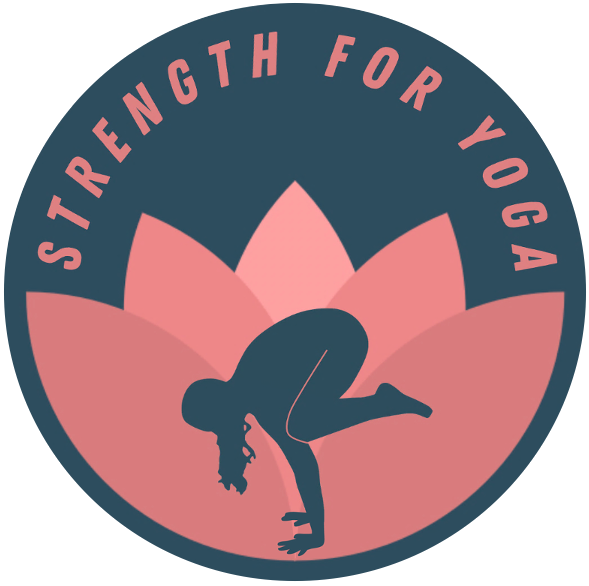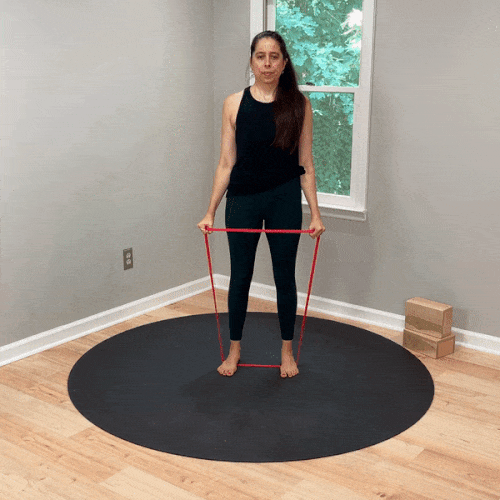Do You Lose Strength in the Exercises You’re Not Doing?
This blog post was first sent to the Strength for Yoga email list as an email newsletter. Sign up for the SFY email newsletter here!
This is a great question, especially when it comes to designing strength workouts over the long term.
Generally, a well-designed strength program will change regularly over time. It’s rare that we’d do the exact same strength workout over and over, indefinitely.
But if our workouts change, do we lose strength in the exercises we’ve stopped doing?
Well, the best way to get better at a particular exercise is to practice it. But if you practice the same exact exercises, in the exact same way, month after month, it’s likely that you’ll plateau.
Plus, there are so many fun exercises to do that we sometimes have to take a break from some exercises in order to rotate other ones in.
That’s why a great strength program will ensure that we’re still working all the relevant muscles so that when we do return to the old exercises, we haven’t lost our progress.
It's a delicate balance that requires careful attention to detail.
For example, let's imagine that your exercise of interest is pull-ups. You might include pull-ups in your strength program for a period of time – say a month.
(Depending on your strength level, this might mean unassisted bodyweight pull-ups, or it might mean a pull-up regression that's perfectly tailored to your current ability, such as a band-assisted or leg-assisted pull-up.)
After working with pull-ups for a month, you might intentionally take a break from pull-ups.
But during this planned time off, you'd still want to work pull-up relevant muscles so you maintain the overheard pulling strength that's necessary for a pull-up.
Here are two ideas for exercises you could include in your pull-up break that would help maintain your pull-up strength:
The quadruped pull-down is an excellent overhead pulling exercise that targets the lats and biceps while also engaging the core. Bicep curls are a potent isolation exercise for developing upper arm strength, and they will directly enhance our pull-up strength!
After including these pull-up complementary exercises in your strength practice for a month, you might consider bringing your full pull-up back into your strength practice the following month.
In this way, we can rotate our exercises of interest in and out of our strength practice while keeping our connection to them strong! This is the ultimate way to make consistent progress toward our target movement, whatever that movement might be for you.
You Might Also Like…







